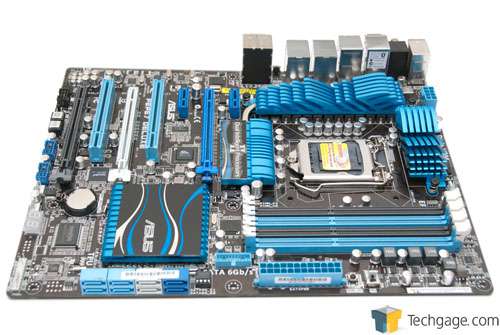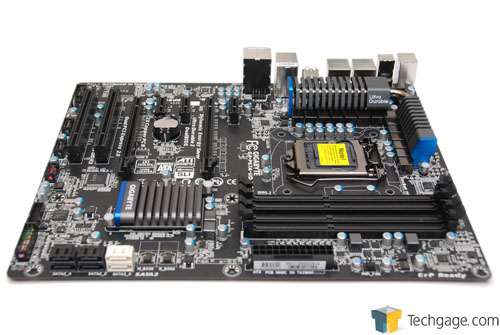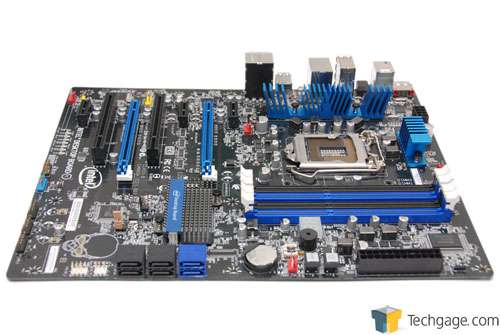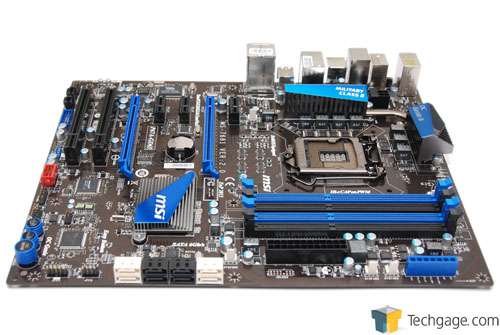- Qualcomm Launches Snapdragon 4 Gen 2 Mobile Platform
- AMD Launches Ryzen PRO 7000 Series Mobile & Desktop Platform
- Intel Launches Sleek Single-Slot Arc Pro A60 Workstation Graphics Card
- NVIDIA Announces Latest Ada Lovelace Additions: GeForce RTX 4060 Ti & RTX 4060
- Maxon Redshift With AMD Radeon GPU Rendering Support Now Available
Intel P67 Roundup: ASUS, GIGABYTE, Intel & MSI
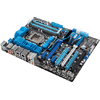
We’ve been a little short on motherboard content lately, so to kick things back into action we’re taking a look at four P67-based motherboards at once – all benchmarked using our newly revised test suite. The boards we’re looking at are the ASUS P8P67 Deluxe, GIGABYTE P67A-UD4, Intel DP67BG and MSI P67A-GD65.
Page 18 – Final Thoughts
As we took a look at four different boards here, I am going to have a mini “Final Thoughts” for each one, rather than group them all together and offer up overall conclusions. Because these boards are not all priced the same, this article wasn’t meant to be a “versus” look at the boards, but rather was a way for us to kick off our P67 coverage with a bang.
First up is ASUS’ P8P67 Deluxe, the board I can call the “best” of the entire bunch. Though more expensive than the others, at $230, ASUS makes sure that the board is well worth it. As I’ve mentioned before, the goals of ASUS’ Deluxe boards are to give people a lot of functionality without breaking the bank or entering overkill territory, and the P8P67 Deluxe is no exception.
A lot about this board just feels right. It has a great layout and design, offers on-board power/reset buttons, eight SATA ports, a USB 3.0 header and a generally ideal placement for all of the components. It gives us four fan headers, ten USB ports at the back, and even Bluetooth – an exclusive to ASUS as far as I’m aware.
Add to the fact that the P8P67 Deluxe offers a great EFI that’s both aesthetically-pleasing and easy to use, there’s nothing to dislike about this board. Plus, it comes with a 3.25″ drive bay for adding two USB 3.0 ports to the front of your PC. Though a bit more expensive than the others, the $230 price tag is justified as far as we’re concerned, and given the choice of any board here, this is the one I’d opt for.

ASUS P8P67 Deluxe
GIGABYTE’s also offers a lot to like. The first thing I love about this board is its aesthetics… it just looks killer. Adding to that, its layout is almost as good as it can get, though there are some caveats. There are only three fan headers aside from the CPU here, which to me is an unfortunate downside – four would have been far better.
Another downside is that there are only six side-mounted SATA ports, while the ASUS and MSI offer eight. In today’s day and age, it’s not at all difficult to populate six slots across HDDs, SSDs and ODDs, so having eight here would have again been preferred.
Where the board lacks in that area, it makes up in others. Though GIGABYTE stuck to an old-school BIOS, the board as a whole performed exceptionally throughout our tests, being only surpassed by the ASUS board, thanks to its auto-overclocked nature. For $180 though, this is a great board – as long as you don’t mind the minor omissions with the extra SATA ports and fan header.
Up next is Intel’s DP67BG. Being that this board isn’t available online as of the time of writing, I won’t go into great detail here. Not that there is much to discuss, regardless. We’ve come to know Intel motherboards as the no-frills option in the market, and the DP67BG doesn’t change much. It does have a nice industrial look to it, but compared to the GIGABYTE UD4, which is priced about the same, it’d be hard to recommend Intel’s offering. Unless of course, power consumption is a major concern, as it performed the best in those tests.
Where the board lacks in extra features, it makes up in stability and also overclocking (might be hard to believe, but it’s true). Plus, it has some other extras that not all of the boards here offer, such as on-board power/reset buttons, a BIOS status LED and… a skull. Admit it, that’s cool.
Long-time readers of Techgage might notice something a bit odd about this MSI board. It’s the first one we’ve ever posted a review on. That’s not something we did on purpose, though. There have been two failed attempts to publish an MSI review in the past, but due to problems with the samples, I could never write about them. So, when I received this one, I was a little worried to say the least.
But overall, I ended up being seriously impressed. For starters, the board looks great, and has a fantastic layout – well, aside from the 8-pin motherboard connector being located a little too low on the board. Unlike the GIGABYTE board, there are actually four fan headers scattered about, and also eight SATA ports available. To top it off, this board includes the best-looking power/reset buttons of all the boards discussed here.
Apart from ASUS, this is the only board here that offers a robust EFI. While Intel’s board offers one, it’s not aesthetically special in any way, and is in fact rather generic. While ASUS’ EFI does win the battle of looks + function, MSI is to be commended for its own solution. After all, GIGABYTE is a larger player in the enthusiast market but couldn’t even manage an EFI in time for launch.
One problem we did have with the board is that it didn’t perform quite as well in a lot of cases, but overall, the differences were rather minor, and all of the other perks of the board make up for it. Overall, at $180, it’s a well-rounded board and offers a lot of useful features, and one-ups the GIGABYTE UD4 with regards to fan headers and SATA ports.
This board definitely made up for our previous failed attempts to review an MSI board. I look forward to seeing how the company’s boards continue to improve over time, and am especially looking forward to what should be a totally revamped EFI with the company’s next major series launch.

MSI P67A-GD65
In the end, I’d have to vote for ASUS as offering the best board here, but at $230 it might be priced a little high for some. If that’s the case, then MSI’s board at $180 is another great choice, but for those who don’t mind some scaled-backed SATA ports and fan headers, GIGABYTE’s board proved to be the best performer at that same price-range.
Discuss this article in our forums!
Have a comment you wish to make on this article? Recommendations? Criticism? Feel free to head over to our related thread and put your words to our virtual paper! There is no requirement to register in order to respond to these threads, but it sure doesn’t hurt!
Support our efforts! With ad revenue at an all-time low for written websites, we're relying more than ever on reader support to help us continue putting so much effort into this type of content. You can support us by becoming a Patron, or by using our Amazon shopping affiliate links listed through our articles. Thanks for your support!




